Tidal power: Could waves provide 10% of America’s electricity?
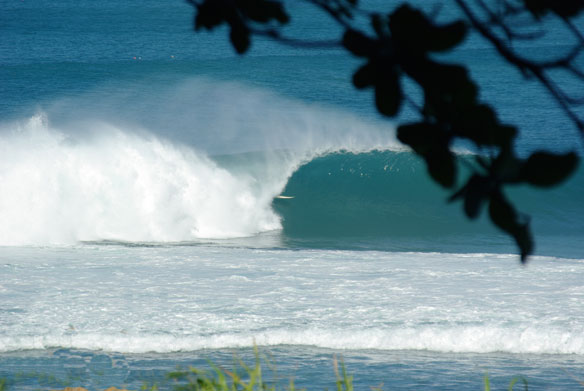
These are coastal resources, and most people live along the coasts. In theory, the U.S. resource is immense. Waves and currents are relatively reliable in some areas, and tides ebb and flood twice a day like clockwork. They thus are more predictable resources than wind or solar power.
As world warms, negotiators give talks another try
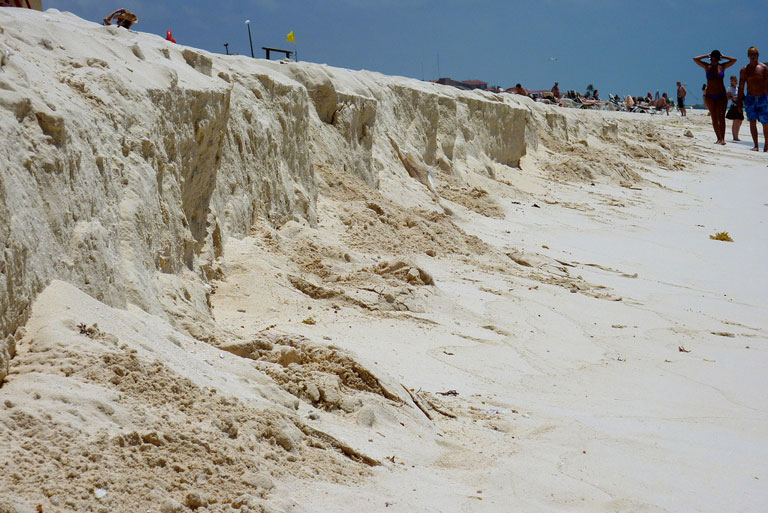
The disappointment of Copenhagen, the failure of the annual U.N. conference to produce a climate agreement last year in the Danish capital, has raised doubts about whether the long-running, 194-nation talks can ever agree on a legally binding treaty for reining in global warming.
As Glaciers Melt, Science Seeks Data on Rising Seas
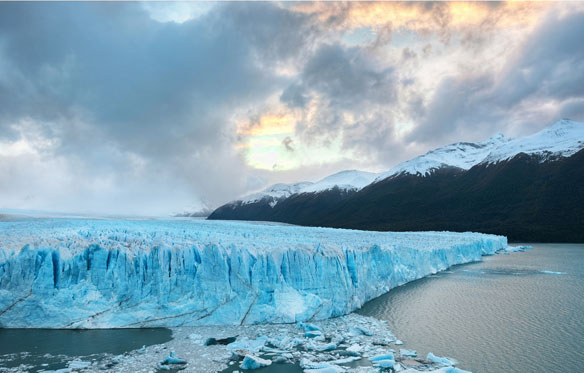
Researchers have recently been startled to see big changes unfold in both Greenland and Antarctica. The question is not whether the earth’s land ice is melting in response to the greenhouse gases people are generating, but whether it will happen much too fast for society to adjust.
Kiribati Conference: Voices From the South Pacific – Part II
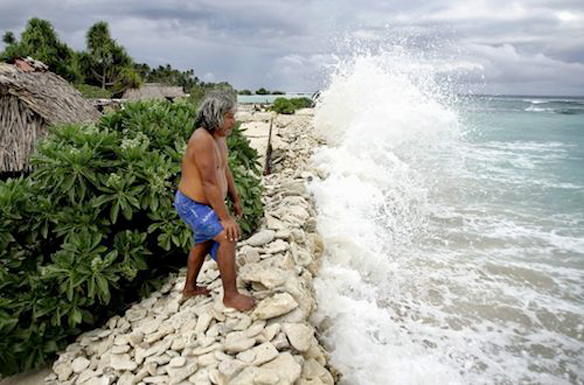
At only four metres above sea level, the small island nation of Kiribati is one of the countries most vulnerable to the effects of climate change and sea level rise. Kiribati’s Tarawa Climate Change Conference (TCCC) ended by giving birth to the Ambo Declaration.
Water Flows and Coastal Ecosytems
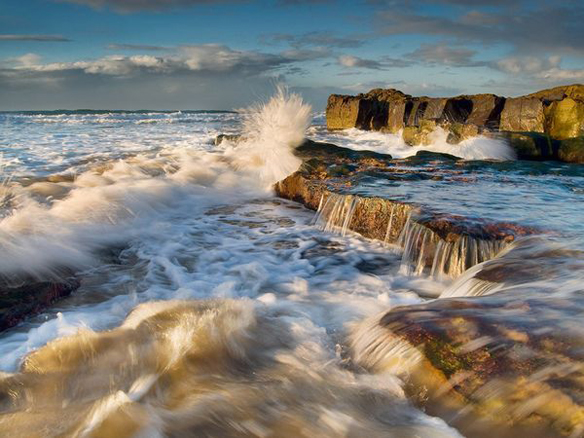
One of biggest factors promoting the diversity of coastal ocean life is how fast the water flows, according to new research by scientists at Brown University.
Excavation to begin on Dauphin Island berm
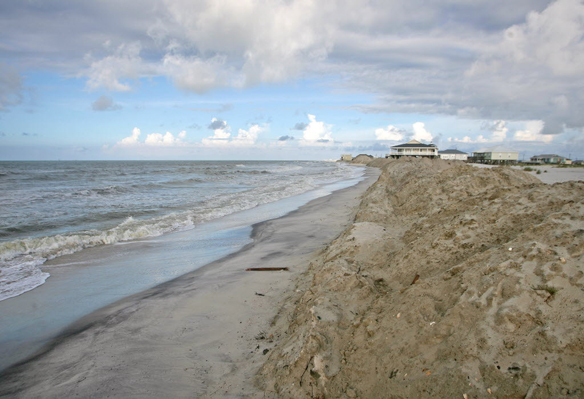
A 4-mile-long stretch of shore-side berm on Dauphin Island’s public beach, built earlier this summer, using money received from BP, will be now knocked down and cleaned as part of an effort to improve the aesthetic value of the beach.
EPA Tells Coastal States to Consider Rising Ocean Acidity
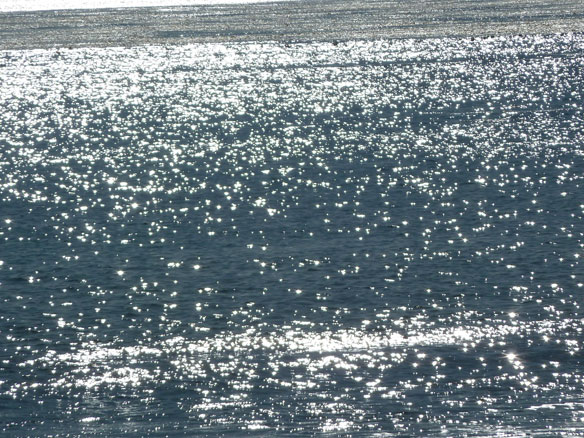
The U.S. Environmental Protection Agency says some states with coastal waters that are becoming more acidic because of carbon dioxide, should list them as impaired.
Parts of Los Angeles County ban plastic bags
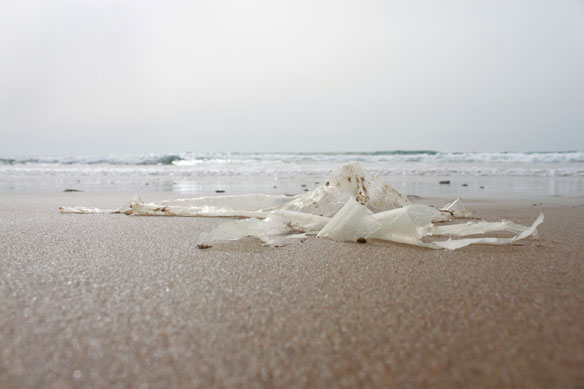
Parts of Los Angeles County have joined other California communities in banning stores from using single-use plastic bags.
Caribbean Reef Ecosystems May Not Survive Repeated Stress

Coral reefs suffered now record losses as a consequence of high ocean temperatures in the tropical Atlantic and Caribbean in 2005, according to the most comprehensive documentation of basin-scale bleaching to date.
